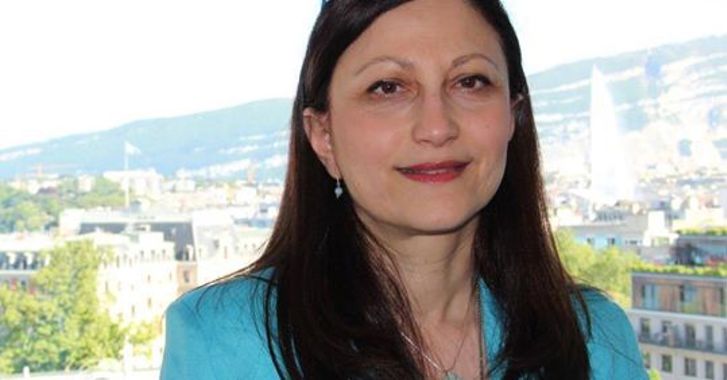There are 152 million children aged 5 to 17 trapped in child labour worldwide. Today on the International day against child labour we meet the Swedish Ambassador for Children and Armed Conflict to talk about her important work.

Ambassador Al-Nadaf,
The IV Global Conference on the Sustained Eradication of Child Labour held in Buenos Aires, concluded with a call to action and the Buenos Aires Declaration to accelerate efforts to end child labour by 2025 and forced labour by 2030.
Tell us more about your work within the framework of this ambitious agenda.
- When working on this agenda Sweden proposed a new paragraph to the Buenos Aires Declaration that later was negotiated before the conference. The paragraph emphasized the importance of highlighting the correlation between armed conflict and child labour – where children in contexts of armed conflict unfortunately many times end up in child labour with a grey zone beyond our control. In its worst scenarios as trafficking victims added to all other things they have gone through. For us it was important to have this dimension in the declaration since it was lacking and we felt the urgency to highlight children and armed conflict in the issue of child labour.
Among the 152 million children in child labour, 88 million are boys and 64 million are girls. Boys thus appear to face a greater risk of child labour than girls, what are the reasons for this?
- During armed conflicts boys are often put in a situation where they are seen as “family providers” and where they are expected to bring their share to the survival of themselves and their families. In addition to being stuck in this “grey zone”, boys are also easily recruited and used as child soldiers by armed groups, where they might get paid very little or nothing at all. Important to remember that girls are also subjected to this, however in contexts of armed conflicts, they are more disposed to child marriages and trafficking for sexual reasons than boys.
Needless to say, much still remains to be done. How can we do more to assure the rights of children in the most vulnerable situations?
- In every armed conflict children are always the most vulnerable victims, thus they are in acute need of our protection. In order to counter these appalling effects of armed conflicts it is utmost essential to bring the perspectives of children in, throughout the entire conflict cycle. In order to protect children in armed conflict and to prevent child labour it is important to listen to the children and their needs. The provision of sufficient and safe education becomes an important counteract to child labour, and it should be a consideration through the whole conflict cycle. In refugee camps children are everyday at risk being exploited and forced into child labour. This makes for instance registration and support a vital part of child protection – especially for the children that arrive unaccompanied, without parents or a legal guardian.
Protecting children today prevents conflict tomorrow.